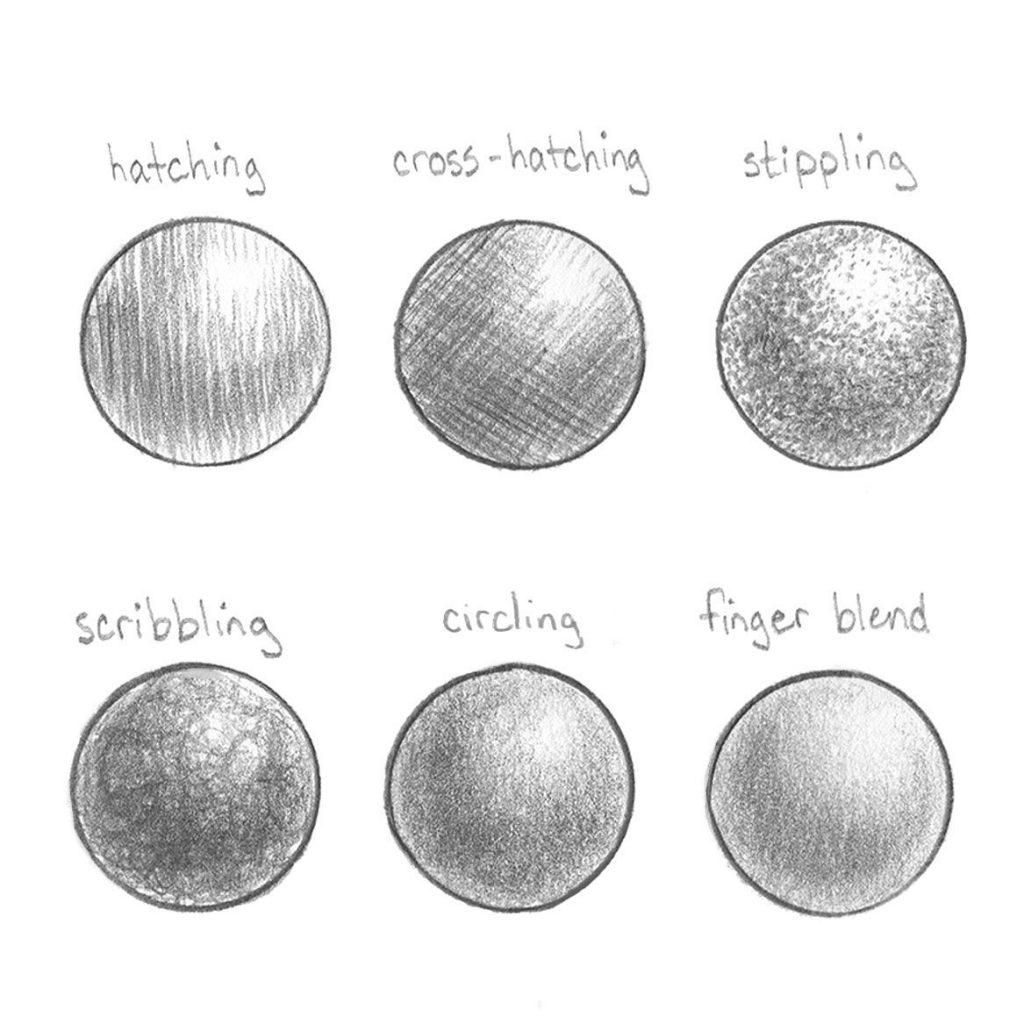
Warning: Trying to access array offset on value of type bool in /home/u185508669/domains/yopost.com/public_html/wp-content/plugins/wp-user-profile-avatar/templates/wp-author-box-social-info.php on line 90
Warning: Trying to access array offset on value of type null in /home/u185508669/domains/yopost.com/public_html/wp-content/plugins/wp-user-profile-avatar/templates/wp-author-box-social-info.php on line 90
Warning: Undefined variable $author_details in /home/u185508669/domains/yopost.com/public_html/wp-content/plugins/wp-user-profile-avatar/templates/wp-author-box-social-info.php on line 90

Usually, refractories are classified as fundamental, higher alumina/silica, fireclay, an insulating material. Additionally, there are types of “particular refractories” including Silicon Carbide, Silicon Nitride, Graphite, Zircon, fused cast and lots of others. Most refractory substances are provided as preformed shapes. But, they are also fabricated in the kind of individual function clays, bonding mortars and monolithic like castable, plastic refractories, ramming combinations and gunning mixes. In fact, lots of refractories substances are developed primarily to satisfy the service requirements of a specific procedure. The characteristic properties of pvoh suppliers and every refractory course are a part of the raw material base as well as the methods utilized to fabricate the most refractory products.
Shaped Refractory manufacturing entails five procedures: raw material processing, raw material blending, forming, drying and firing. Another kind of refractory processes additionally justify debate – that the first is the creation of fused products as well as the second is folic acid manufacturing.
There are several sorts of binders for formed refractory to enhance compressive power for pressing, drying and handling procedures to prevent flaking and breakage, for example, Phenolic Resin, Polyvinyl Alcohol (PVA), Dextrin, Starch, Lignosulfonate, Molasses, Carboxyl Methyl Cellulose (CMC), etc. Therefore, snowball choice can be tough, and manufacturers have to think about several parameters to ensure what sort of binder is acceptable for their goods and procedure.
For the shaped foliage, forming includes mixing the raw materials and turning them into the desired shapes. The Construction process is a large challenge for contour refractories manufacturer because refractory raw materials are nearly non-plastic substances and they’re not bonded with each other at reduced temperatures even if this procedure often occurs under moist or wet conditions. Therefore, most refractory manufacturers must press quite high pressing strain, control the packaging curve of raw material to acquire the maximum density and need to use binder within their forming procedure to prevent breakage and to chip before reaching the porcelain bond after shooting.
Biopolymer binders supply an exceptional array of options for quality and process improvement. We’ve developed additives particular to the production of hydraulic pressed bricks; vinyl shaped bricks along with other unshaped refractory products. Our organic products possess a neutral CO2 footprint, are environmentally friendly and non-hazardous.
There aren’t any all-in-one binders. The choice of an acceptable adhesive is essential to growing a manufacturing yield and saving performance cost for refractory manufacturing companies.
Components of injection molding machine
The injection molding system (pva application) transforms granular or pelleted raw vinyl to closing molded components by using a melt, inject, bunch and trendy cycle for thermoplastics. A fundamental injection molding system is usually composed of the following: injection system, hydraulic system, mold system, clamping system and management system. The clamping tonnage and shot dimensions are utilized in identifying the measurements of the injection molding system for thermoplastics, that’s the principal element in the entire procedure. Other considerations comprise the speed of injection, pressure, style of thread, depth of the mold and also space between tie bars.
Functions of This machine
The injection molding system could be categorized into three classes, namely: general purpose machines, precision/tight-tolerance machines and fast thin-wall machines. All three kinds need auxiliary equipment to work. This service equipment comprises dryers (resin), material handling equipment, granulators, mold temperature controllers and chillers, part-handling gear and part-removal robots.
For more information on polyvinyl alcohol polymer visit the website kuraray-poval.com.




